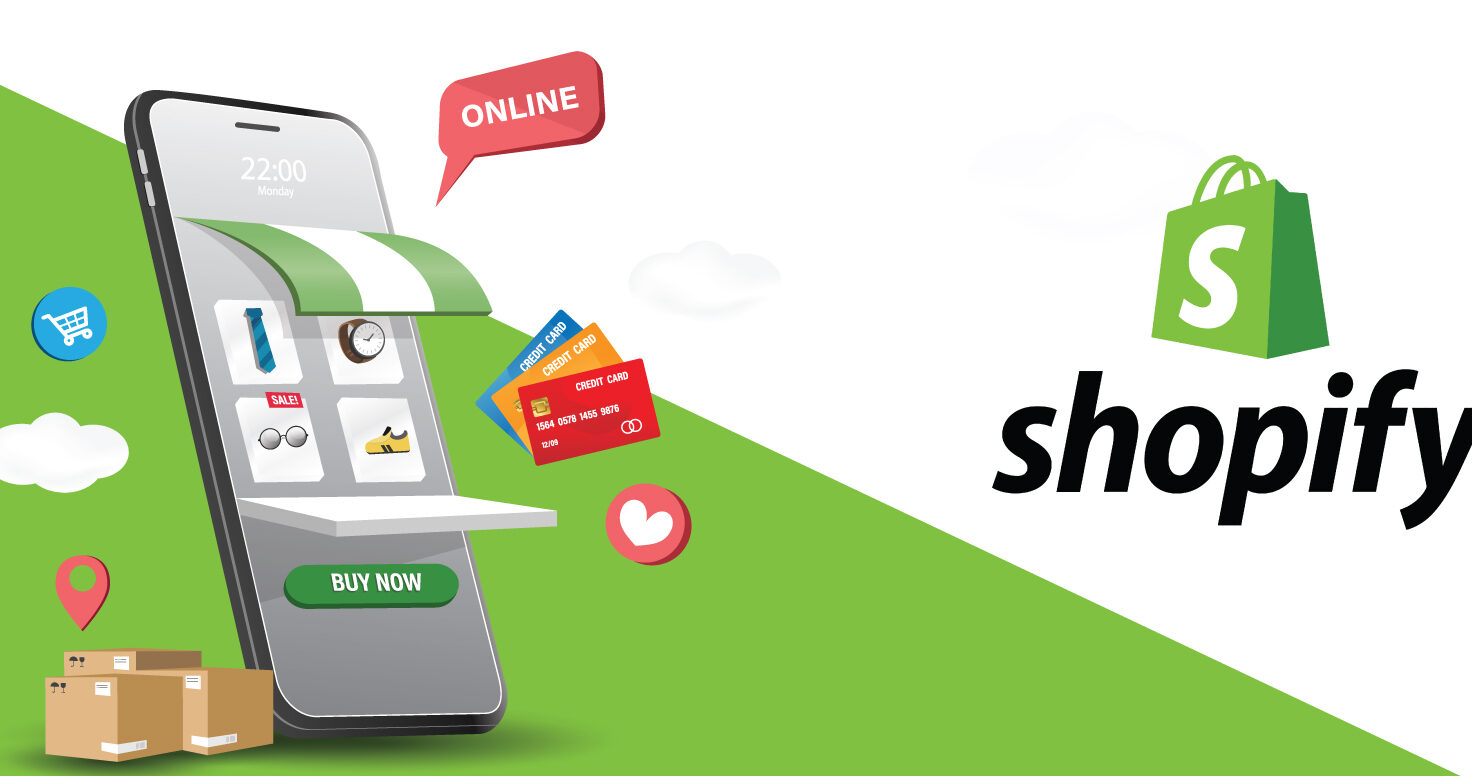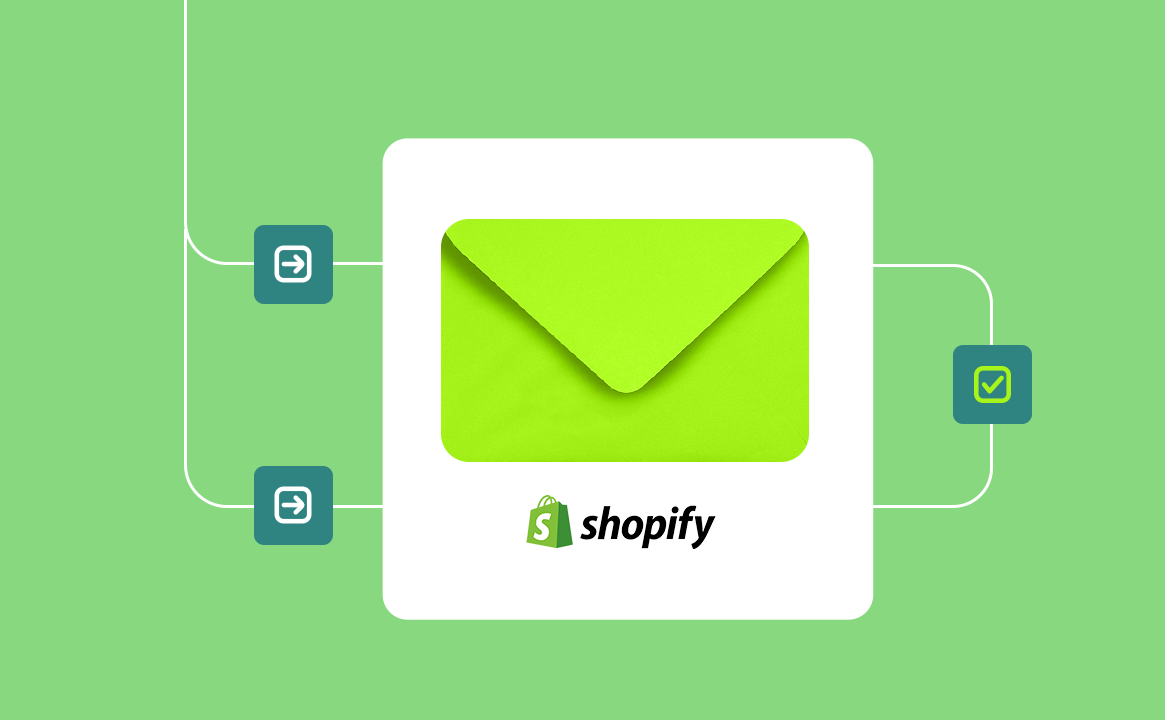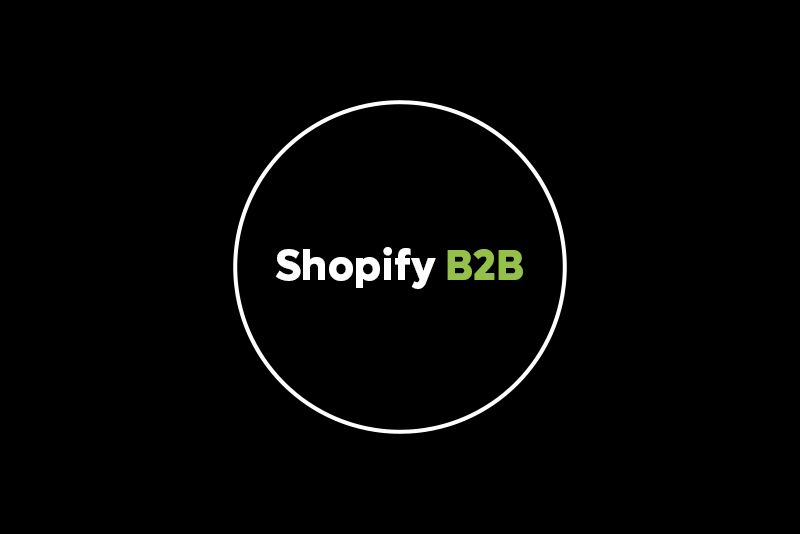
To keep up with the ever-evolving landscape of marketing, successful brands have prioritized providing seamless multichannel and omnichannel experiences to meet this heightened demand and keep their communications conversational. While adapting to this change, some wonder about key distinctions between them. Let’s unravel them and uncover the strategies to propel the business forward.
A. What are multichannel and omnichannel?
Multichannel is a marketing strategy in which a company uses multiple customer outreach channels in parallel to interact and market its products or services but operates independently. Multichannel channels can be brick-and-mortar stores, websites, mobile applications, social networks, phones, and email.
Unlike multichannel strategies, omnichannel marketing is the integration and cooperation of the various channels organizations use to interact with consumers, to create a consistent brand experience. This includes physical (e.g. stores) and digital channels (e.g. websites). An omnichannel strategy may allow consumers to find and purchase online, in-store, or a combination thereof – such as “buy online and pick up in-store”.
Starbucks, as a typical example of omnichannel marketing, uses the reward card to giveaway to the customer whenever they make a purchase. In addition to allowing only one use of that card, Starbucks allows customers to check and reload rewards cards via any platform such as phone, website, in-store, or on the app. Any changes to a customer’s card or profile are updated across all channels, in real-time, without requiring customers to provide information multiple times across multiple platforms.
B. How does omnichannel differ from multichannel?
The selection between multichannel and omnichannel hinges upon business objectives and marketing strategy. Consider the outlined criteria to illuminate the distinctions between the two approaches.
| Criteria | Omnichannel Marketing | Multichannel Marketing |
| Operating mechanism | Integrate all channels, regardless of the channel a customer uses to interact with the brand | Operate independently, manage separately among channels, and cater to different aspects of the customer journey |
| Branding consistency | Provide messaging, design elements, and brand identity that remain consistent in all channels. | Vary messaging and branding between channels |
| Customer experience | Offer a unified journey for customers, regardless of the channel used. | Suggest disjointed transitions for customers between channels. |
| Data utilization | Leverage data and technology to personalize interactions and optimize the customer journey. | Vary in data mining between channels, limiting insights into customer behavior. |
| Relationship building | Foster deeper connections with customers through personalized experiences. | Provide versatility in reaching a wide audience but may prioritize breadth over depth in relationships. |
| Usage | Suit personalization-centric businesses and service-oriented industries such as hospitality, healthcare, and financial services | Suit with diverse product portfolios and expansive customer demographics and sectors such as retail, e-commerce, and consumer goods |
C. How to create robust omnichannel and multichannel strategies?
1. Tips to develop the perfect omnichannel plan
To develop a robust omnichannel plan, businesses are encouraged to explore the following key strategies.
a. Offer 24/7 and various channels of customer service
In an omnichannel approach, customers expect to interact with a brand seamlessly across different channels, whether online, on social media, or in-store. Therefore, offering 24/7 customer service across various platforms is integral to ensure that buyers reach out for assistance whenever they need it, regardless of their time zone or schedule.
Merchants can deploy features like live chat and email ticketing systems, alongside integrating chatbots or virtual assistants for immediate assistance. Consider offering different channels for different types of inquiries, such as phone support for urgent matters or personalized assistance, or social media platforms for quick responses to customer queries or feedback. Establishing a dedicated service team operating in shifts is also essential to ensure continuous coverage, while self-service options such as FAQs and knowledge bases empower customers to find solutions independently.
b. Synchronize online and physical stores
Synchronizing information between online and physical stores will help sellers effectively keep track of all visitors and buyers, offering better customer service even to those who are visiting stores for the first time but have picked up many products online. It’s noteworthy that integrating inventory systems for real-time updates ensures product availability on the website and in-store and reduce the risk of overselling or stockouts. To drive foot traffic to brick-and-mortar stores, merchants are encouraged to provide click-and-collect services to allow in-store pickup for online orders enjoyed by customers who prefer researching products online and making purchases in-store, or vice versa.
Due to this store integration, providing customers with a consistent shopping experience becomes practical, regardless of whether they interact with the brand online or in person. This approach assists to enhance customer satisfaction, improve operational efficiency, and drive overall growth by catering to the preferences and needs of omnichannel consumers.
c. Avoid sending irrelevant emails to customers
The fact is that customers always feel annoyed when they receive marketing content promoting products they already bought or ones that don’t match their age and gender. 42% of the people surveyed by ParcelLab have immediately unsubscribed from the company’s marketing or information service and 24% have blocked the brand on social media.
To avoid this difficulty, merchants are advised to create personalized content, segment audiences based on demographics and behavior, and use behavioral triggers to send personalized emails that are customized to individual interests and needs. Optimize email content, and continuously test and measure performance to refine the approach. Data across channels must be integrated to provide a seamless experience and respect customer preferences by allowing them to manage their email settings.
d. Choose the right management platform
Its ability is to smoothly integrate with various channels, including email marketing software, social media, CRM systems, and e-commerce platforms. Consider opting for a management system that centralizes customer data from multiple touchpoints into a single database or dashboard to get a comprehensive view of customer interactions for personalized and targeted messaging. Automation features might be used to streamline marketing processes and workflows, such as automated email campaigns, triggered actions based on customer behavior, and scheduling tools for social media posts. Retailers consider some good ones like Hubspot, Salesforce, Marketo Engage, and so on.
2. How to build a good Multichannel schedule
For brands willing to invest in developing a presence across key marketing channels, explore four key tips to create a strong strategy.
a. Create a Google campaign
Google ads suit a wide range of sales channels like e-commerce websites, online marketplaces, brick-and-mortar stores with online presence, and service-based businesses. Incorporating Google Ads into a multichannel marketing strategy helps to reach out to potential customers actively searching for specific products or services on Google, hence increasing brand exposure and enhancing the overall reach of the multichannel marketing efforts, ultimately leading to higher engagement and conversion rates. These visual ads prominently appear at the top or upper right-hand side of search results pages, capturing consumers’ attention and driving traffic to the advertised products.
Specifically, creating a Google Ads Campaign involves several essential steps:
| Step | Instruction |
| Set objectives | Determine campaign goals, whether it’s increasing website traffic, generating leads, driving sales, or raising brand awareness. |
| Choose platforms | Decide which Google advertising platforms to utilize based on objectives and target audience. Options include Google Ads, YouTube, Google Shopping, and Display Network. |
| Target audience | Define the target audience using demographic, geographic, and interest-based targeting options available within each platform. |
| Choose ad formats | Select the appropriate ad formats for each platform based on objectives. For example, use text ads for Google Search, video ads for YouTube, and image ads for the Display Network. |
| Build ad creation | Develop compelling ad creatives tailored to each platform’s format and audience preferences. Ensure ads are visually appealing, concise, and relevant to the target audience. |
| Research keyword | Conduct keyword research on Google Ad Planner, Semrush, and Mailchimp to identify relevant keywords and phrases that potential customers are likely to use when searching for products or services. |
| Set budgeting and bidding | Set budget and bidding strategy based on advertising goals and available resources. Monitor budget allocation and adjust bids to maximize return on investment (ROI). |
| Track performance | Implement conversion tracking and set up Google Analytics to measure performance. Track key metrics such as click-through rates, conversion rates, and ROI to evaluate the effectiveness of the campaign. Adjust the ad cost after evaluating the performance. |
| Analyze data | Identify trends, insights, and areas for improvement, generate regular reports to track progress toward its objectives, and inform future marketing decisions. |
b. Set up Facebook Retargeting
Facebook Retargeting applies primarily to the Facebook, and Instagram platforms, allowing businesses to target users who have previously interacted with their brand on Facebook or visited their website and extend their reach and engagement beyond the Facebook platform. By placing tracking pixels on the website or integrating Facebook Pixel with the e-commerce platform, merchants can segment website visitors based on their behavior, such as products viewed or actions taken.
Analyzing the performance of retargeting campaigns allows sellers to continual optimization, adjusting targeting parameters and ad creatives to maximize return on ad spend (ROAS) and conversions. With this tactic, our clients were able to double sales revenue while spending 30% less per conversion within only four months!
c. Allocate spending and resources appropriately
The table below thoroughly compares various digital marketing channels, including their Return on Investment (ROI) and other pertinent statistics.
| Marketing Channel | Return on investment |
| Email Marketing | On average, for every $1 invested, businesses witness a return of $42. |
| SEO Marketing | SEO marketing typically yields an ROI ratio of 22:1 on average. Technical SEO, specifically, boasts an impressive ROI of 117%. Organic traffic generated through SEO accounts for over 40% of total revenue. |
| Pay-Per-Click (PPC) Marketing | Companies earn an average of $2 for every $1 they spend on Google Ads. |
| Content Marketing | Content marketing costs 62% less than traditional methods, yet it generates three times as many leads. |
| Video Marketing | Dynamic video retargeting, meanwhile, has the potential to boost ROI by 49% and enhance click-through rates (CTR) by 74%. |
Referencing this table, marketing efforts may be prioritized based on channels with the highest ROI, considering them as the pillars of their strategy. However, it is not wise to disregard lower-performing channels entirely as they might still contribute to brand awareness or attract specific customer segments.
Ultimately, the key to success lies in understanding the target audience, enterprise objectives, and industry dynamics to determine the optimal method for meeting needs. In many cases, a hybrid approach that combines elements of both omnichannel and multichannel strategies may offer the most effective solution, allowing businesses to leverage the strengths of each methodology to achieve their goals. Take action today to explore how integrating two strategies supports propel your business toward its goals!








